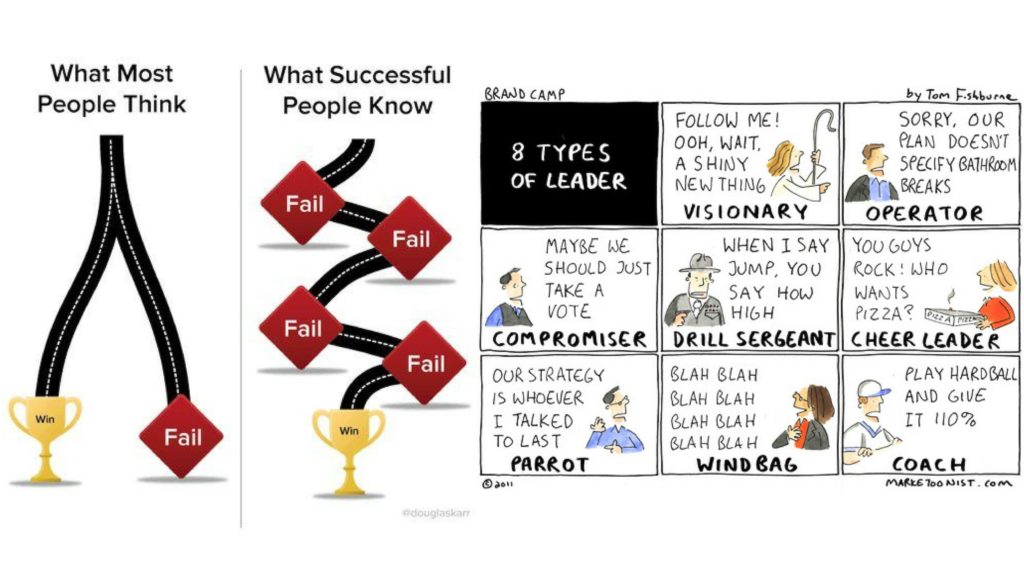The 5 things to look for in CPD training

Precision engineered CPD is the hallmark of an effective leadership team in a school or organisation.
Clearly defined and bespoke training can move even a school in special measures quickly to good and better if it impacts on teachers’ understanding of teaching and learning and pupil progress.
Whatever CPD it is, it needs to be planned carefully and address the needs of the whole school community. When we work with children, in order to achieve accelerated progress, we have to get to know our pupils quickly and thoroughly, identify their next steps quickly, close their gaps of knowledge and provide them with a relevant instructional challenge that will help them build on their skills and knowledge on an everyday basis. It is similar for school leaders when creating CPD opportunities for their staff.

So what should we look for in CPD? This is a decision that should be made by the whole leadership team so that all layers of staff and stakeholders are covered. School leaders need to analyse their own school community so that they can identify their steps to reach success.
1. CPD must be relevant and necessary for the staff
Sometimes schools, especially those in special measures and in concern are given an overdose of CPD. It can be overwhelming and sometimes lack the impact that is needed for staff to progress. As school leaders, you should know your own school and be clued up enough to know what is right and act upon it – no matter who tells you want to do.
2. Timely, short and engaging CPD sessions
With teachers having data to input, lessons to plan and feedback to be given, the weekly staff meeting or professional development meeting, after a long day of teaching can become laborious and put the “heebie-jeebies” in most teachers. There is nothing worse than tired teachers sitting through an hour or more long CPD session that has no value and is, dare I say it, boring. The best sessions are when the trainer makes them fun and engaging so that after the sessions, all staff walk away buzzing with the desire to improve further as practitioners.

3. Clear action plans for whole school approaches and initiatives with approachable and enthusiastic champions
Every so often, leaders come back with this amazing initiative that they want to develop. All very good- but without a clear agenda, planning and a champion who is going to deliver it, often these ideas fizzle into thin air.
Sometimes they are launched with no thinking…All great ideas need leadership support and so does the person carrying out the project and aiming to embed it. They also need time to be given for a project to succeed. So action plans with clear timelines for embedding and evaluating the impact of the CPD need to be driven by school leaders so that it can be a success.
4. Masters of teaching and learning
Every school usually has a set of gifted teachers and teaching assistants who make teaching and learning look easy. When observing them, you are mesmerized by the very magic they can create with the most challenging of pupils and still make them learn – often at accelerated progress. They make it look easy but they really do get their craft.
Develop them and ensure they are brilliant coaches who enjoy sharing best practice in a humble and unassuming manner. The outstanding practitioner in my opinion!
They are the ones that you will be able to use when you have a struggling teacher or an NQT or that teacher that has become disenchanted. Teaching is a vocation and sometimes just a short burst of seeing someone else, that master teacher teach, can reignite that flame – the love of teaching and making a difference to learners.

5. Performance management
Much is talked about this – how teachers and schools perform both in education and in the media. Effective performance management is a form of CPD in itself. Creating proper time for this where people can have open and transparent conversations about their progress as practitioners can be one of the most powerful forms of CPD.
Performance management should be a supportive and challenging dialogue between the reviewer and the reviewee. The leader who is carrying out performance management should champion the person and create every opportunity for them to succeed.
This involves supporting them with delivering good and better practice, creating CPD opportunities that enable them to extend themselves and creating a clear plan on how to achieve long term and short term goals. It also means having those challenging conversations and putting in support where needed. However, it becomes all the more credible if there is a powerful conversation in the first place.
Well defined CPD has to have a clear destination – what will be the impact is the key question? It is an integral part of the school improvement plan and a key to any organization’s success. However, it is usually not planned as carefully as it could be and most often, not evaluated.
School leaders and educators must provide powerful CPD opportunities to all their staff – whether it is teachers, TAs, supply teachers, admin, support staff, leaders or governors. By creating an effective school community that are learners first and foremost and providing excellent CPD opportunities, it can impact young people and their families and the entire school community will thrive and succeed!








Responses